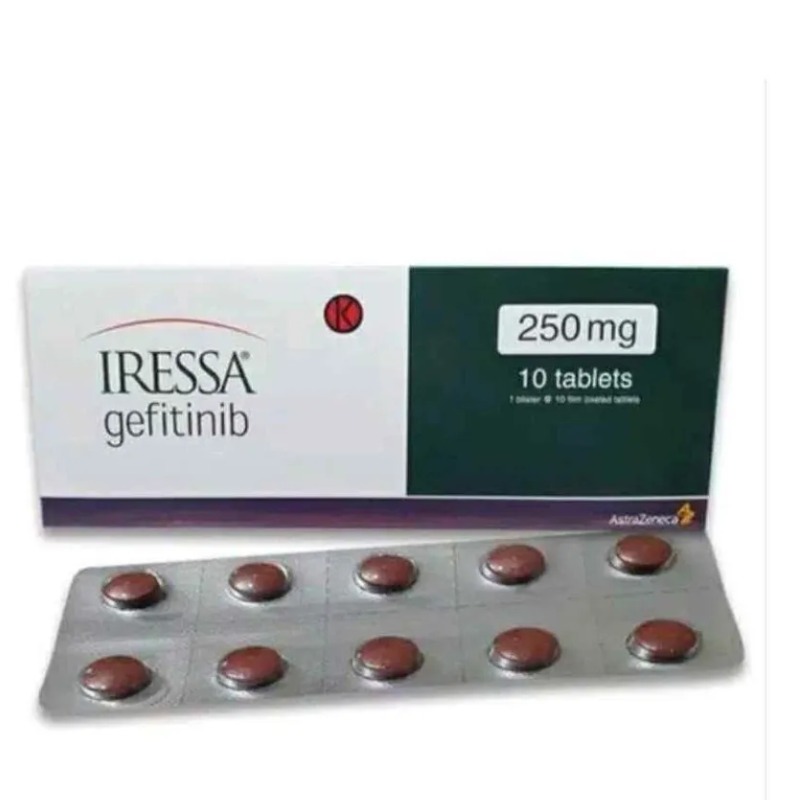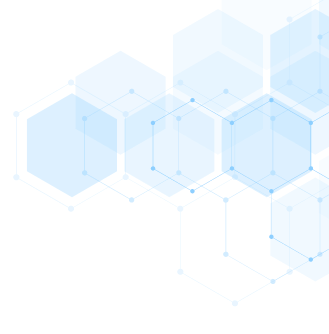DESCRIPTION
MECHANISM OF ACTION
• Potent and selective small-molecule inhibitor of the kinase activity of wild-type and certain activating mutations of EGFR, resulting in inhibition of EGFR autophosphorylation and inhibition of EGFR signaling.
• Inhibition of the EGFR tyrosine kinase results in inhibition of critical mitogenic and antiapoptotic signals involved in proliferation, growth, metastasis, angiogenesis, and response to chemotherapy and/or
radiation therapy.
ABSORPTION
Oral absorption is relatively slow, and oral bioavailability is approximately 60%. Food does not affect drug absorption. Peak drug levels are reached in 3 to
7 hours.
DISTRIBUTION
Extensive binding (90%) to plasma proteins, including albumin and 𝛂1-acid glycoprotein, and extensive tissue distribution. Steady-state drug concentrations are reached in 7–10 days.
INDICATIONS
FDA-approved for first-line treatment of metastatic NSCLC with EGFR exon 19 deletion or exon 21 (L858R) substitution mutations as detected by an FDA-approved test.
DOSAGE RANGE
Recommended dose is 250 mg/day PO.
DRUG INTERACTION 1
Dilantin and other drugs that stimulate the liver microsomal CYP3A4 enzyme, including carbamazepine, rifampin, phenobarbital, and St. John’s Wort—These drugs increase the rate of metabolism of gefitinib, resulting in its inactivation and lower effective drug levels.
DRUG INTERACTION 2
Drugs that inhibit the liver microsomal CYP3A4 enzyme, including ketoconazole, itraconazole, erythromycin, and clarithromycin—These drugs decrease the rate of metabolism of gefitinib, resulting in increased drug levels and potentially increased toxicity.
DRUG INTERACTION 3
Warfarin—Patients receiving warfarin should be closely monitored for alterations in their clotting parameters (PT and INR) and/or bleeding, as gefitinib inhibits the metabolism of warfarin by the liver P450 system. Dose of warfarin may require careful adjustment in the presence of gefitinib therapy.
DRUG INTERACTION 3
Acid reducing agents—Drugs that elevate gastric pH, such as proton pump inhibitors, H2-receptor antagonists, and antacids, may reduce the plasma drug levels of gefitinib. Avoid concomitant use of gefinitib with these agents.
SPECIAL CONSIDERATIONS
1. Clinical responses may be observed within the first week of initiation of therapy.
2. Patients with bronchoalveolar NSCLC may be more sensitive to gefitinib therapy than other histologic subtypes. Females and nonsmokers also show increased sensitivity to gefitinib therapy.
3. Closely monitor patients with central lesions, as they may be at increased risk for complications of hemoptysis.
4. Dose of gefitinib may need to be increased when used in patients with seizure disorders who are receiving phenytoin, as the metabolism
of gefitinib by the liver P450 system is enhanced in the presence of phenytoin.
5. Coagulation parameters (PT/INR) should be closely monitored when patients are receiving both gefitinib and warfarin, as gefitinib inhibits the metabolism of warfarin by the liver P450 system.
6. In patients who develop a skin rash, topical antibiotics such as clindamycin gel or either oral clindamycin and/or oral minocycline may help.
7. Avoid Seville oranges, starfruit, pomelos, grapefruit, and grapefruit juice while on gefitinib.
8. For patients who need to be on proton-pump inhibitors, gefinitib should be taken 12 hours after the last dose or 12 hours before the next dose of the proton-pump inhibitor. For H2-receptor antagonists or antacids, gefitinib should be taken 6 hours after or 6 hours before these acid reducing agents.
9. Pregnancy category D. Breastfeeding should be avoided.
TOXICITY 1
Elevations in blood pressure, especially in those with underlying hypertension.
TOXICITY 2
Pruritus, dry skin with mainly a pustular, acneiform skin rash.
TOXICITY 3
Mild-to-moderate elevations in serum transaminases. Usually transient and clinically asymptomatic.
TOXICITY 4
Asthenia and anorexia.
TOXICITY 5
Mild nausea/vomiting and mucositis.
TOXICITY 6
Conjunctivitis, blepharitis, and corneal erosions. Abnormal eyelash growth may occur in some patients.
TOXICITY 7
Rare episodes of hemoptysis and GI hemorrhage.
SPECIFICATION


Login To Comment